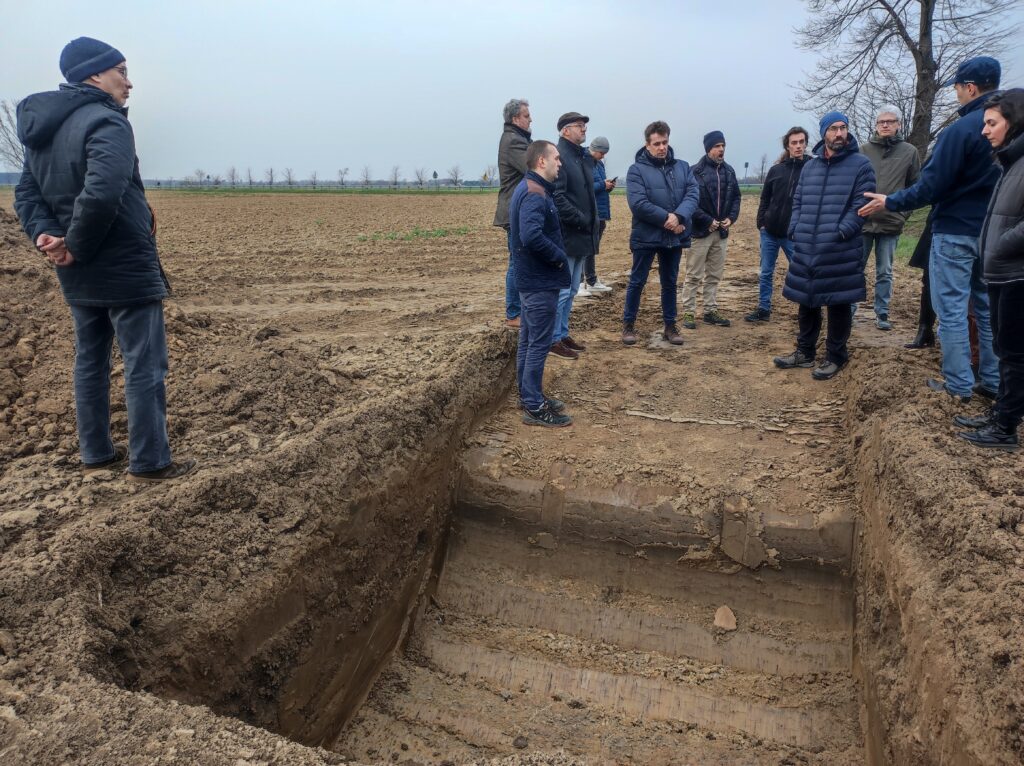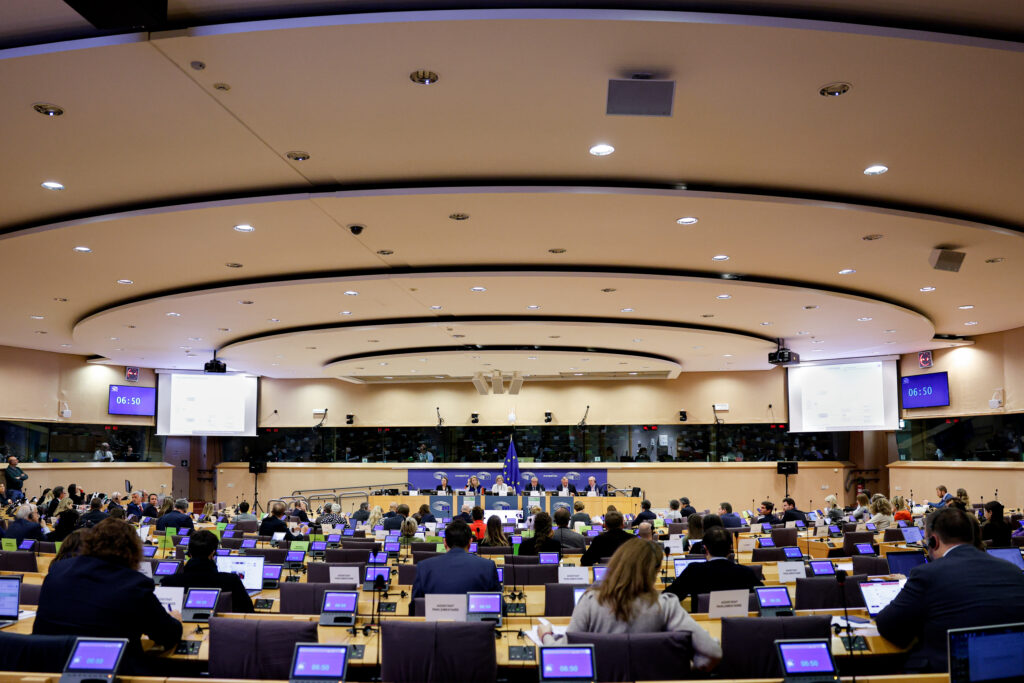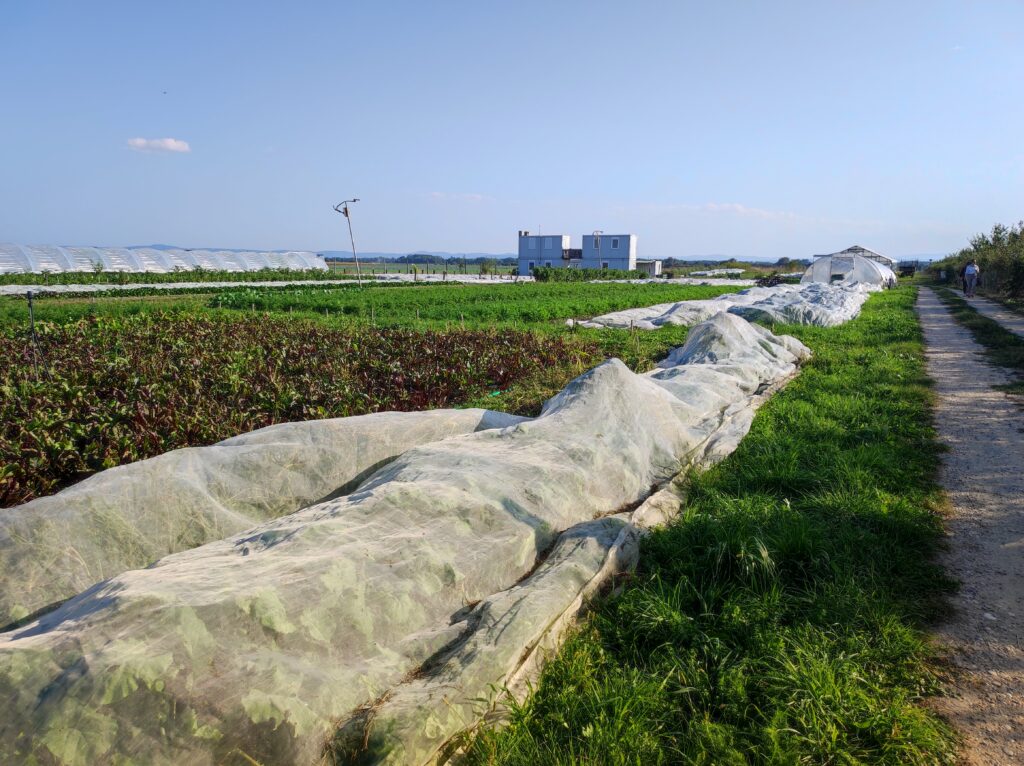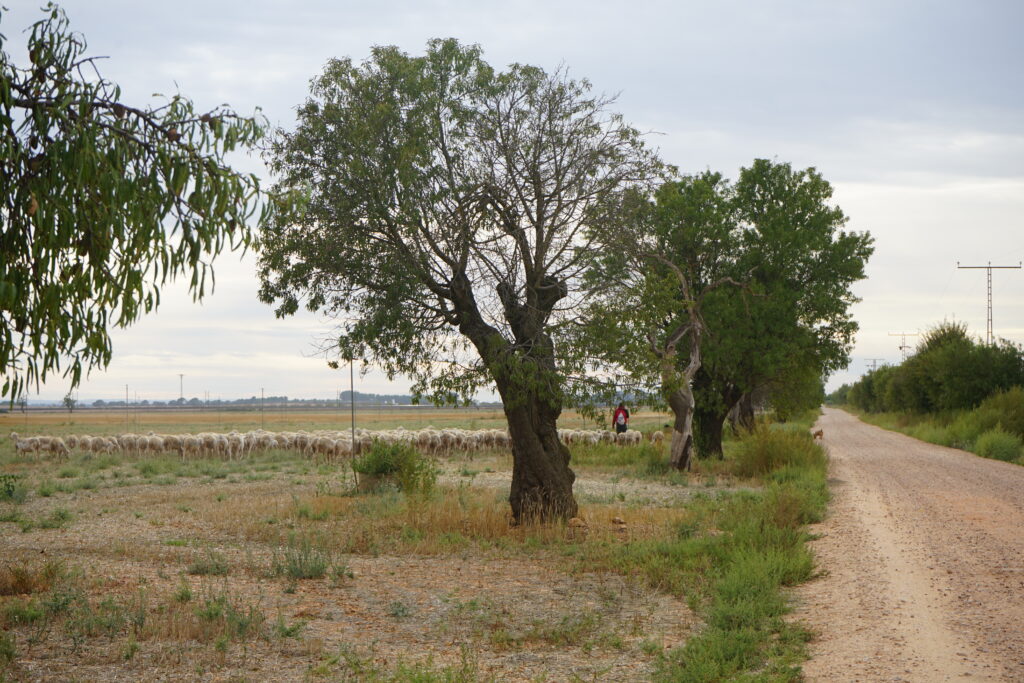Healthy soils are essential for supporting ecosystems and mitigating climate change. Soil is more than just dirt—it’s a dynamic, living system essential for agriculture, ecosystems, and climate resilience. It filters water, stores carbon, and supports biodiversity, yet over 60% of European soils are degraded, costing billions annually. Soil degradation threatens food security, ecosystems, and climate stability.
The European Union (EU) has taken steps to address this growing crisis, but significant gaps remain in soil-specific legislation. Restoring soil health is not just an environmental challenge—it’s a necessity for building a sustainable future. Yet, EU policies have struggled to address this crisis comprehensively.
A Mixed Bag: The State of Soil Health Policies
Although soil has yet to receive the binding protection granted to air and water, the EU has introduced policies and measures that aim at improving the monitoring and restoration of soil health. The NBSOIL policy navigator collects them all and provides an overview of their main objectives.
The Horizon Europe mission A Soil Deal for Europe, or Biodiversity and Farm to Fork strategies included in the overarching policy framework of the European Green Deal (EGD) are some examples. However, the key policies analysed by the NBSOIL partners in this report are the 2023-2027 Common Agricultural Policy (CAP) and the proposed Soil monitoring and resilience directive (SMRD).
The Common Agricultural Policy (CAP) is one of the key policies to move forward on that protection. While the CAP incentivizes sustainable practices through tools like Good Agricultural and Environmental Conditions (GAEC) standards, eco-schemes, and Agri-Environment-Climate Measure (AECMs), its governance faces key challenges: significant flexibility in implementation; weak enforcement of conditionality mechanisms; farm-size-based payments favouring intensification; and inadequate monitoring systems. All of this undermines its potential to achieve meaningful environmental progress.
The Soil Monitoring and Resilience Directive (SMRD) is another key policy for soil health protection. Proposed in 2023, the SMRD seeks to create a consistent framework for the monitoring and protection of soil health across Europe, recommend sustainable soil management practices, and initiate the identification and restoration of contaminated sites. While it introduces valuable concepts, the directive lacks enforceable measures or binding restoration targets, leaving action largely at the discretion of Member States.

Beyond these core initiatives, several EU policies also contribute to soil health. The Nitrates Directive limits fertiliser overuse to prevent soil and water contamination, while the European Climate Law promotes carbon sequestration and sustainable land use. The EU Soil Observatory (EUSO) provides crucial data for evidence-based policymaking, and the Sustainable Use of Pesticides Directive encourages Integrated Pest Management (IPM) to reduce pesticide risks.
Additionally, the Nature Restoration Regulation sets binding targets to restore degraded ecosystems, including peatlands, wetlands, and forests, and requires the implementation of restoration measures to enhance biodiversity in agricultural ecosystems across the EU.
Lessons from the Past
Analysing the shortcomings of the 2014–2020 Common Agricultural Policy (CAP) provides valuable insight into persistent challenges. Despite funding, biodiversity loss continued as measures like cross-compliance failed to reverse the decline due to weak incentives and insufficient monitoring. Measures aimed at reducing greenhouse gas emissions from agriculture, particularly in drained peatlands, suffered from underfunding and poor enforcement. Similarly, the Sustainable Use of Pesticides Directive (SUD) sought to promote Integrated Pest Management (IPM), but its effect was limited by inconsistent enforcement and voluntary participation.
This NBSOIL analysis moves beyond simply examining the challenges to deliver actionable recommendations—focusing on improving the 2023-2027 Common Agricultural Policy (CAP) and refining the proposed Soil Monitoring and Resilience Directive (SMRD). To transform EU policies into effective tools for soil restoration, targeted improvements are needed in both policies. But what exactly needs to change?
Aligning the CAP with the European Green Deal
The CAP must align more closely with the European Green Deal by addressing its structural and governance shortcomings. A key step is the introduction of more ambitious and binding environmental targets that fully reflect the EGD’s objectives, adopting and promoting a holistic understanding of soil health.
Reforming the CAP’s payment system is essential, shifting from subsidies based on farm size to performance-based payments linked to ecosystem services. These payments should reward tangible outcomes, such as increased soil organic carbon, reduced erosion, and biodiversity gains. Enhancing Good Agricultural and Environmental Conditions (GAEC) standards is also crucial. GAEC 2 (Wetlands and Peatlands) should include clear, mandatory requirements to halt peatland drainage and promote rewetting, with clearer guidelines and financial incentives to help farmers transition to paludiculture. GAEC 5 (Tillage Management) should explicitly encourage no-till and minimum-tillage practices, while GAEC 6 (Soil Cover) should introduce specific guidelines to define minimum soil cover thresholds and identify sensitive areas and periods. Additionally, GAEC 7 (Crop Rotation) should reinstate crop rotation as the primary requirement, ensuring multi-year rotations with clear definitions.

It would also be beneficial to encourage a multi-dimensional design of eco-schemes, as packages of practices, and introduce more result-oriented measures to help deliver more tangible environmental outcomes. This approach would also provide farmers with greater flexibility to tailor practices to their specific landscapes.
Finally, but no less important, is the need to support farmers in this transition, which requires investment in public advisory systems that offer inclusive, independent guidance to ensure sustainable and effective implementation.
Beyond the CAP: Strengthening Soil-Linked Policies
Beyond CAP reforms, improving related soil-linked policies is crucial for enhancing soil health and aligning with the European Green Deal. Strengthening Statutory Management Requirements (SMRs) linked to the CAP can play a vital role in addressing key environmental challenges.
The Nitrates Directive (SMR 2) should be reinforced with stricter enforcement mechanisms and resume discussions about the Integrated Nutrient Management Action Plan (INMAP) to reduce nutrient pollution.
Similarly, the Sustainable Use of Pesticides Directive (SMR 8) should mandate compliance with Integrated Pest Management (IPM) as a condition for CAP payments, supported by robust monitoring and reporting systems to ensure adherence.
Improving the Soil Monitoring and Resilience Directive Proposal (SMRD)
The SMRD proposal provides a foundation for monitoring and restoring soil health but requires significant enhancements to become an effective legislative tool. A key improvement would be the introduction of binding restoration targets, setting both intermediate and long-term targets for soil restoration, ensuring that Member States are held accountable for their progress.
The expansion of monitoring frameworks is also fundamental, including a comprehensive definition of soil biodiversity and adding soil biodiversity descriptors to the list of soil descriptors with criteria for healthy soil conditions (Part B)—those whose evaluation influences the overall soil health assessment.

Enhancing governance mechanisms is equally important, empowering the European Commission to review thresholds and maximum values set by Member States to ensure alignment with EU-wide objectives. But also adjusting timelines for key actions, such as initial soil health assessments, to reflect the urgency of soil degradation issues
The directive should go further in promoting sustainable soil management practices by requiring EU Member States to promote these practices and sustainable agriculture approaches such as agroecology, permaculture, or organic farming. Additionally, provisions for funding independent advisory services specialising in soil health would help farmers and land managers implement best practices, ensuring more effective and widespread adoption of sustainable solutions.
Driving Policy Action for Soil Restoration
Imagine farmlands with robust crop rotations, preserved wetlands for carbon storage, and erosion-prone areas protected by vegetative cover. These scenarios embody the potential of well-designed EU policies to restore soil health and build climate resilience. While the EU has taken steps through the CAP and the proposed SMRD, significant gaps remain. Strengthening the regulatory framework, introducing binding restoration targets, and enforcing stricter compliance mechanisms are essential to reverse soil degradation. Aligning the CAP with the European Green Deal, strengthening soil-related policies, and expanding advisory support for farmers will be key to driving meaningful change.

By taking bold action—enhancing legislation, increasing accountability, and promoting sustainable land management—the EU can build a future where soils remain healthy and productive. Tools like the EU Soil Observatory Dashboard provide valuable data to track progress, while projects like NBSOIL, funded by the EU Soil Mission, showcase innovative solutions to support this transition. Through collective efforts and evidence-based policymaking, Europe has the opportunity to protect and restore one of its most vital natural resources for generations to come.
